Introduction
What Family Are Ferrets In: Ferrets, those charming and inquisitive creatures, belong to a unique family within the animal kingdom known as Mustelidae. This family, often referred to as the weasel family, comprises a diverse group of carnivorous mammals, each with its own set of fascinating characteristics and adaptations. Ferrets, with their sleek bodies, playful personalities, and keen hunting instincts, share a close evolutionary relationship with other members of the Mustelidae family, such as weasels, otters, minks, and badgers. In this introduction, we will delve into the world of Mustelidae and explore the distinctive features and behaviors that make ferrets an intriguing and beloved part of this remarkable family.
The Mustelidae family, characterized by their elongated bodies, sharp claws, and carnivorous diets, has a rich diversity of species distributed across various continents, adapting to a wide range of environments. While some members are known for their aquatic prowess, like otters that thrive in freshwater habitats, others, like the tenacious badgers, are skilled diggers renowned for their burrowing abilities. Ferrets home, nestled among these remarkable relatives, offer a unique blend of agility and domestication. With their historical roles as skilled hunters of small rodents, their utility in pest control, and their endearing and playful nature as companions to humans, ferrets hold a special place within the Mustelidae family. Throughout this exploration, we will unravel the intricate web of relationships within this fascinating family and gain a deeper understanding of the role that ferrets play in it.
Beyond their physical characteristics and roles within the Mustelidae family, ferrets also exhibit intriguing social behaviors and adaptations that distinguish them within this diverse group of mammals. Their playful antics, intelligence, and unique domestication history have endeared them to humans for centuries. In this journey through the Mustelidae family and the specific niche that ferrets occupy, we will delve into their evolutionary history, their relationship with other members of their family tree, and the ways in which they have been both cherished companions and valuable contributors to various aspects of human life. Whether you’re a ferret enthusiast or simply curious about the natural world, our exploration of this remarkable family and the charming creatures that are ferrets promises to be an illuminating and captivating experience.
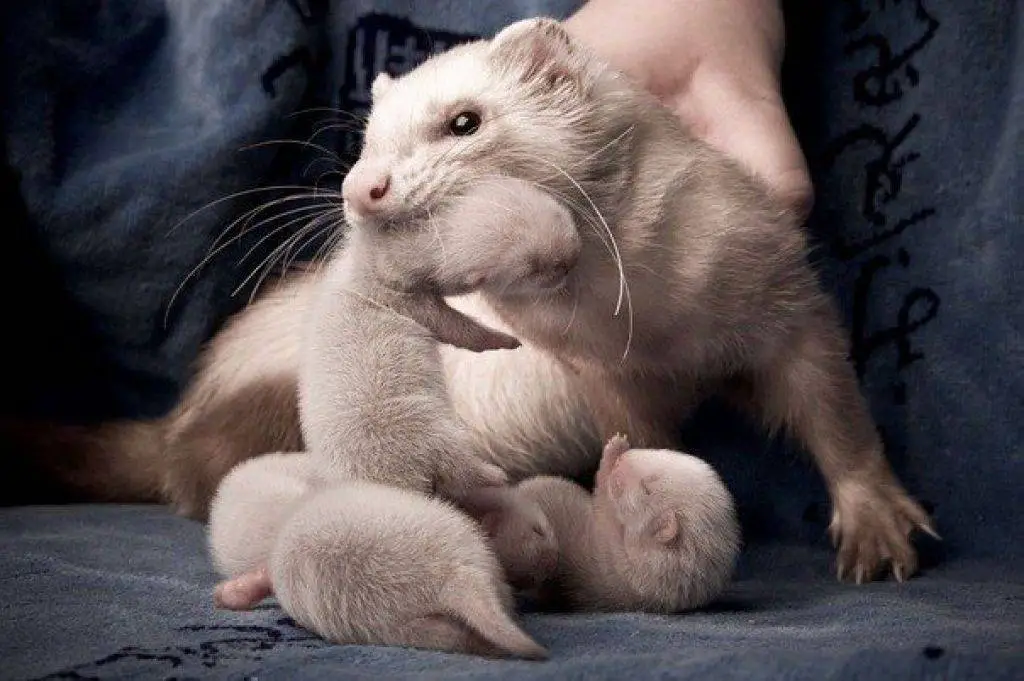
Are ferrets in the mouse family?
Ferrets aren’t rodents – they are actually part of the weasel family! Ferrets are playful and affectionate like dogs and independent like cats, making them a perfect companion for some people. Ferrets are social!
Ferrets, scientifically known as Mustela putorius furo, belong to the family Mustelidae. This family encompasses a diverse group of carnivorous mammals, including weasels, otters, minks, badgers, and, of course, ferrets. These animals are known for their elongated bodies, sharp teeth, and hunting abilities, which make them efficient predators of small prey like rodents.
Mice, on the other hand, belong to the family Muridae. This family includes a wide range of rodents, such as house mice (Mus musculus) and other species of mice and rats. Rodents in the Muridae family are characterized by their continuously growing incisor teeth and their tendency to gnaw on various objects to keep their teeth worn down.
While ferrets and mice may occasionally come into contact in the wild, with ferrets being natural hunters of small mammals like mice, they are distinct species with different evolutionary histories, physical characteristics, and behaviors. Ferrets have been domesticated for centuries and are often kept as pets or used for hunting and pest control, whereas mice are commonly encountered in various habitats worldwide, including both urban and rural environments.
What animal kingdom are ferrets in?
Ferrets are mustelids.
The Mustelidae family is the weasel family which includes otters, badgers, skunks, pine martens, polecats, wolverines, and more! Domestic ferrets, similar to domestic dogs, have many differences than their wild counterparts though, including an inability to function on their own in the outdoors!
Ferrets belong to the animal kingdom known as “Animalia.” The classification of all living organisms into different kingdoms is a fundamental part of taxonomy, which is the science of organizing and naming living things based on their evolutionary relationships and characteristics.
The animal kingdom, or Animalia, is one of the five major kingdoms of life and encompasses a vast diversity of multicellular organisms that share certain fundamental characteristics. These characteristics include being eukaryotic (meaning their cells have a true nucleus enclosed within a membrane), heterotrophic (they obtain their nutrition by consuming other organisms), and generally lacking cell walls (unlike plants and fungi).
Within the animal kingdom, organisms are further classified into different phyla, classes, orders, families, genera, and species based on increasingly specific characteristics and evolutionary relationships. Ferrets, scientifically known as Mustela putorius furo, belong to the family Mustelidae within the class Mammalia. This class includes all mammals, which are characterized by features such as mammary glands, hair or fur, and the ability to regulate their body temperature internally.
Are ferrets close to cats?
Cats will often play with ferrets and vice versa. Ferrets can usually hold their own against cats. There are definite exceptions though, so supervise play sessions very closely until you are assured that both your ferret and your cat will be fine (and even then you should be close by to watch over them).
Ferrets, scientifically known as Mustela putorius furo, are members of the Mustelidae family and are more closely related to weasels, otters, minks, and badgers than to cats. Cats, on the other hand, belong to the family Felidae, which includes domestic cats (Felis catus) and various wild feline species.
While both ferrets and cats have fur-covered bodies, they differ significantly in size and body shape. Ferrets are smaller, elongated animals with a streamlined body, while cats have a more compact and agile build. Ferrets typically have a long, slender tail and a distinct facial mask, whereas cats have a wide range of body shapes and facial features depending on their breed.
Ferrets and cats have distinct behaviors. Ferrets are known for their playful and curious nature, often engaging in activities like burrowing, digging, and play-fighting. They are social animals and enjoy interacting with both their human caregivers and other ferrets. Cats, on the other hand, are often more independent and are known for their hunting instincts, territorial behaviors, and grooming habits.
Cats communicate through vocalizations, such as meowing, purring, and hissing, as well as body language. Ferrets also use body language to convey their emotions, but their vocalizations are limited compared to cats. Ferrets may make soft clucking or hissing sounds but are not as vocal as cats.
Is a ferret a type of bird?
Ferrets are members of the weasel family and, like their wild relatives, they are incredibly skilled predators. With only 2,500 years of domestication, their predatory drive and instincts have not been dulled to the same degree as dogs and cats.
No, a ferret is not a type of bird. Ferrets are small, carnivorous mammals belonging to the Mustelidae family, which includes animals like weasels, otters, minks, and badgers. These creatures are known for their elongated bodies, sharp teeth, and hunting instincts. Ferrets are not related to birds in any taxonomic sense and do not possess any avian characteristics.
Birds, on the other hand, are a distinct group of vertebrates belonging to the class Aves. They are characterized by features such as feathers, beaks, laying eggs, and having the ability to fly (although not all birds are capable of flight). Birds represent a separate evolutionary lineage from mammals like ferrets and are quite different in terms of physiology, anatomy, and behavior.
In summary, ferrets are mammals, not birds, and belong to a different branch of the animal kingdom altogether. The confusion between these two groups likely arises from the fact that both are kept as pets by some people, but they are biologically distinct and unrelated.
Are ferrets closer to cats or rats?
Contrary to popular belief, ferrets are not rodents. They are not closely related to other small animals found in pet stores such as rats, mice, hamsters, and guinea pigs. Instead, ferrets are more closely related to predatory animals like dogs and cats (broadly speaking).
Rats belong to the family Muridae within the order Rodentia, which includes a wide range of rodents. They have continuously growing incisor teeth, a long tail, and a propensity to gnaw on various objects. Rats are social animals that come in various species, with the most common being the brown or Norway rat.
When considering the biological proximity, ferrets are more closely related to cats than to rats. Both ferrets and cats belong to the same class, Mammalia, and share characteristics like mammary glands, hair or fur, and the ability to regulate their body temperature internally. Furthermore, both ferrets and cats are carnivorous and have similar dietary needs.
On the other hand, rats belong to a different order (Rodentia) and family (Muridae) within the class Mammalia. While they share the same class with ferrets and cats, their evolutionary history and characteristics are more distinct from those of ferrets and cats.
Are ferrets friendly?
Ferrets have an inquisitive and playful nature. They can learn to see humans as companions and form a strong bond with their owners. This makes them a popular pet choice because of their sociable and charming character.
Ferrets are inherently social animals. In the wild, they live in groups or colonies, and this social nature carries over into their interactions with humans. They thrive on companionship and often enjoy being around their human caregivers and other ferrets.
Ferrets are renowned for their playful and curious personalities. They are often seen engaging in activities like play-fighting, exploring their environment, and investigating new objects. Their playful antics can be highly entertaining for their owners.
Many ferret owners report that their pets are affectionate and enjoy cuddling and being close to their human companions. Ferrets may show their affection through behaviors like nuzzling, licking, and even giving gentle nips (known as “love bites”).
Ferrets are intelligent animals and can be trained to respond to their names, use a litter box, and perform tricks. Positive reinforcement training methods can help build a strong bond between ferrets and their owners.
What animal is bigger than a ferret?
Sea otters are quite a bit larger than pet ferrets. Wild sea otters live in the Pacific Ocean. Sea otters are much bigger than ferrets and can be spotted off the western United States coastline. They can come ashore, but prefer to float on their back in the swells.
Ferrets are relatively small mammals, and many animals in the animal kingdom are larger than them. The size of an animal can vary greatly depending on its species, and there are numerous creatures larger than ferrets.
Most dog breeds are larger than ferrets. Dogs come in various sizes, from small breeds like Chihuahuas to large breeds like Great Danes. Domestic cats are typically larger than ferrets, with some exceptions. The average domestic cat is larger and heavier than the average ferret. Many rabbit species are larger than ferrets. For instance, Flemish Giant rabbits are one of the largest domestic rabbit breeds, and they can be significantly larger than ferrets.
Birds like parrots, cockatiels, and budgerigars are generally larger than ferrets. Numerous reptiles, such as snakes, lizards, and turtles, can be much larger than ferrets, especially when fully grown. Many mammals, both domesticated and in the wild, are larger than ferrets. For example, horses, cows, pigs, deer, and elephants are all significantly larger than ferrets.
It’s important to note that ferrets are relatively small domesticated carnivores, and their size is often comparable to that of small to medium-sized rodents. While they may not be the largest animals, their small size is part of what makes them appealing and manageable as pets for many people.
Why do cats like ferrets?
Cats and ferrets have a lot in common. Clever, carnivorous and oh-so-cute, these creatures share some of the same instincts — like hunting prey and defending themselves against any larger animal. Ferrets can even be trained to use a litter box just like cats and may be able to share food with kittens (not adult cats).
Social Animals: Both cats and ferrets are social animals. Cats, despite their independent reputation, can form bonds with other animals, including ferrets. If both animals have friendly and social personalities, they may be more likely to get along.
Similar Size: Ferrets are typically around the same size as many small prey animals that cats would naturally hunt in the wild, such as rodents. Cats might not perceive ferrets as a threat or as competition for territory or food.
Curiosity: Cats are naturally curious creatures, and they may find ferrets intriguing and interesting to observe. Their playful and active behavior can capture a cat’s attention and pique their curiosity.
Positive Early Encounters: If a cat and a ferret are introduced to each other in a controlled and positive manner from an early age, they may grow up to accept each other as part of their social group.
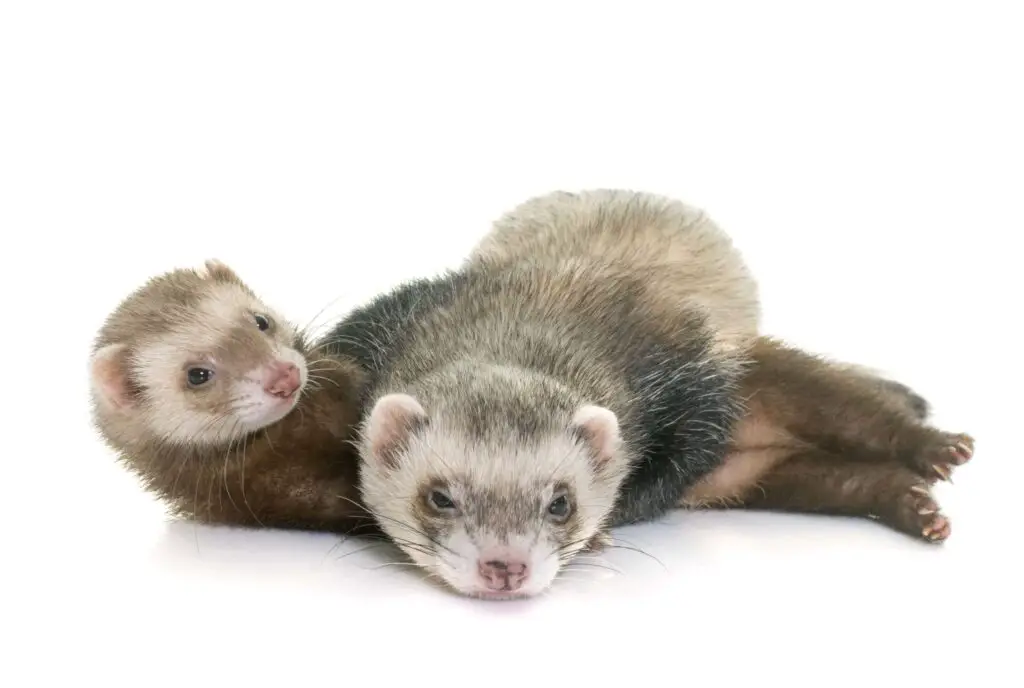
Conclusion
Ferrets belong to the fascinating family known as Mustelidae, a diverse group of carnivorous mammals celebrated for their unique physical attributes, behaviors, and adaptations. This family, often referred to as the weasel family, encompasses a wide array of species, each with its own remarkable traits and ecological roles. Ferrets, with their slender bodies, sharp hunting skills, and playful personalities, share a lineage with other Mustelids like weasels, otters, minks, and badgers. Their presence in this ferret family tree highlights their distinct place in the animal kingdom, combining the tenacity and agility of their wild counterparts with the affection and companionship they offer as domesticated pets.
Exploring the world of Mustelidae and understanding where ferrets fit within it reveals the complex interplay of nature’s diversity. As we appreciate the evolution, behaviors, and significance of these creatures, we gain a deeper appreciation for the intricate tapestry of life on our planet and the remarkable roles that each species plays within their respective families. Ferrets, with their unique blend of charm and utility, serve as a captivating example of the intricate relationships that bind all living beings together in the great web of life. The Mustelidae family, with its rich tapestry of adaptations and lifestyles, has offered us a window into the wonders of the natural world.
From the aquatic grace of otters to the relentless digging skills of badgers and the agile hunting prowess of weasels, this family showcases the incredible diversity of carnivorous mammals. Ferrets, as a part of this family, stand as a testament to both the versatility of Mustelidae members and the transformative power of domestication. These spirited creatures have not only carved out their niche as lovable pets but have also been valued partners in various aspects of human life, from pest control to scientific research. Ferrets, with their intriguing characteristics and endearing personalities, invite us to appreciate the complexity and beauty of the animal kingdom and inspire us to protect and cherish the ecosystems that support the astonishing array of life on our planet.

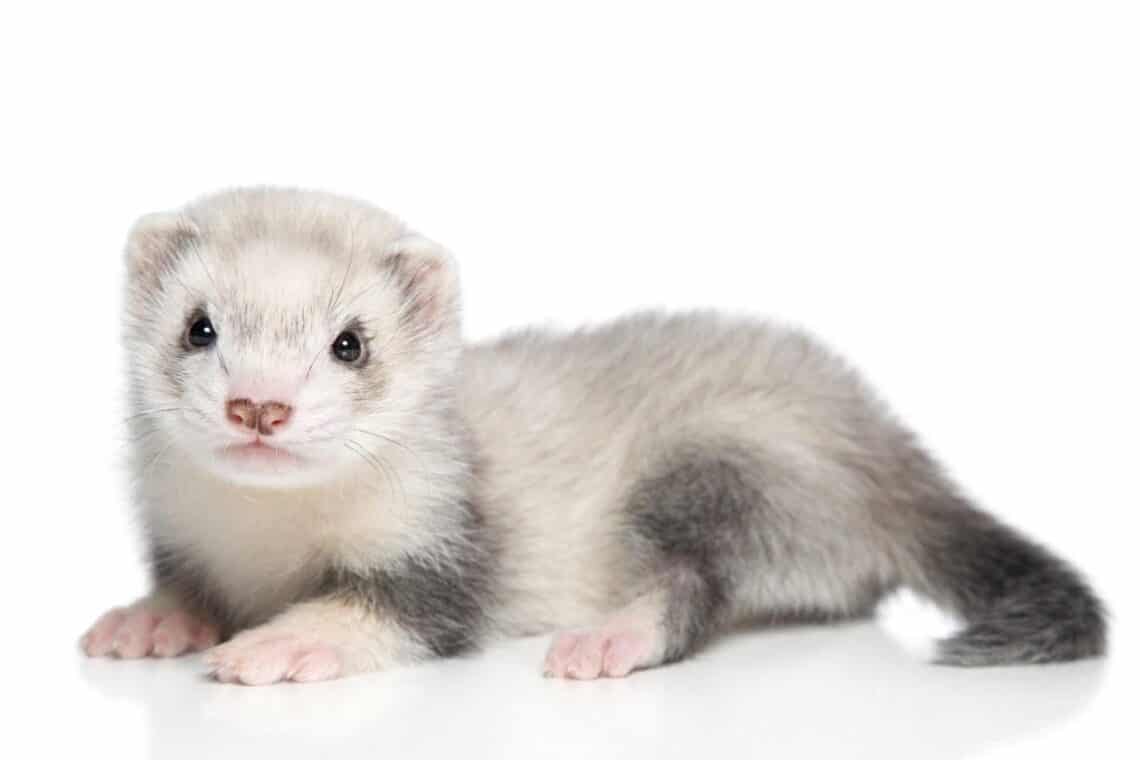
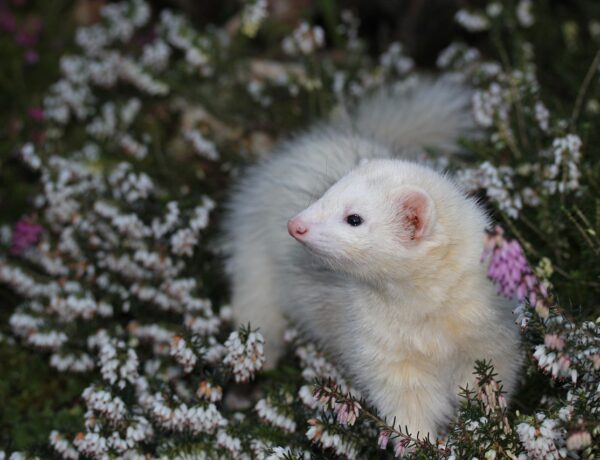
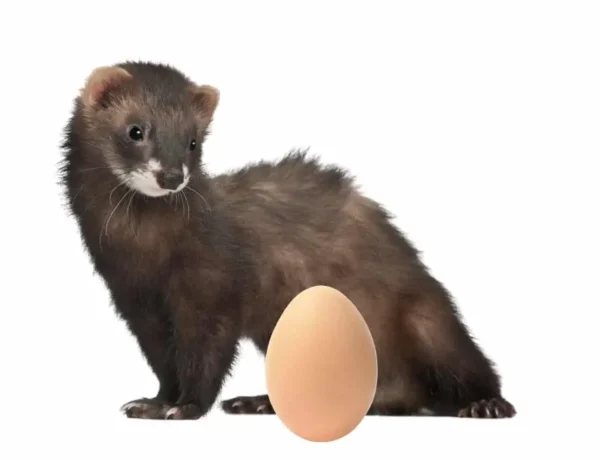

No Comments